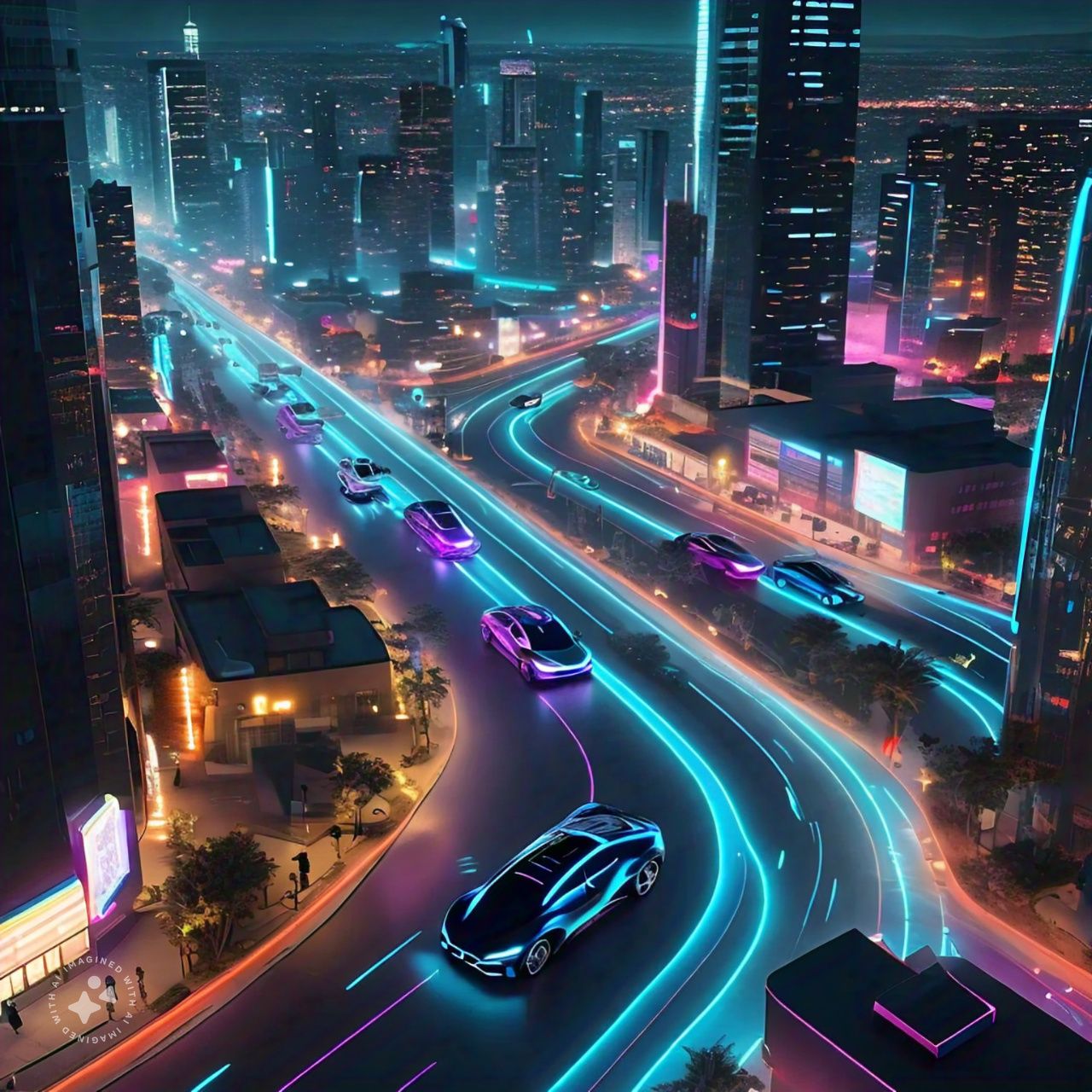The Role of Deep Reinforcement Learning in Autonomous Vehicle Development
 Umar Majeed
Umar Majeed
As the world moves toward autonomous transportation, self-driving cars stand out as one of the most exciting innovations. At the core of this transformation is Deep Reinforcement Learning (Deep RL), a branch of machine learning that empowers these vehicles to make intelligent, real-time decisions. This blog will explore the relationship between Deep RL and self-driving cars, emphasizing the latest advancements and challenges.
What is Deep Reinforcement Learning?
Deep Reinforcement Learning combines Reinforcement Learning (RL) with deep neural networks, allowing agents to make decisions by learning from their environment. Unlike traditional supervised learning, RL enables an agent to interact with its environment and optimize its actions based on rewards or penalties. When coupled with deep learning, it becomes a powerful tool for handling complex, high-dimensional inputs like images and sensor data, making it ideal for autonomous vehicles.
How Self-Driving Cars Work
Self-driving cars rely on a complex system of sensors (LiDAR, cameras, radar) to perceive their environment. These inputs are processed to perform the following tasks:
Perception: Understanding the surroundings—lanes, traffic, obstacles.
Localization: Determining the car’s position on the map.
Planning and Decision Making: Deciding how to navigate based on goals.
Control: Executing actions (steering, braking) to follow the plan.
Among these, planning and decision-making are where Deep RL plays a crucial role.
How Deep RL is Transforming Self-Driving Cars
1. Decision Making in Complex Environments
Driving is filled with unpredictability. Deep RL allows self-driving cars to learn from experience, optimizing decisions in real time. Traditional rule-based systems fail in novel situations, but Deep RL adapts by continuously learning.
For example, an autonomous car can use Deep RL to learn how to safely merge onto a highway or navigate crowded city streets by interacting with simulated environments and receiving feedback (rewards for success, penalties for errors).
2. End-to-End Driving
Deep RL simplifies driving architectures by enabling end-to-end learning. Instead of having separate systems for perception, planning, and control, Deep RL can take raw inputs (camera images) and directly output actions (steering, acceleration). This approach is highly adaptive and reduces the complexity of the system.
3. Simulating Rare Scenarios
Deep RL is especially useful for training cars in rare or dangerous scenarios that are hard to encounter in real-world driving but essential for safety—like sudden pedestrian crossings or extreme weather conditions. By training in simulated environments, autonomous cars can be prepared for these events in the real world.
Key Advancements in Deep RL for Autonomous Vehicles
Hierarchical RL: Breaks down tasks into sub-tasks, improving the car’s ability to handle complex, multi-step actions like navigating intersections or long-distance travel.
Multi-Agent Reinforcement Learning: Self-driving cars can interact with other vehicles and pedestrians, learning how to negotiate traffic and cooperate with other drivers.
Transfer Learning: Transferring knowledge learned in simulations to real-world driving, helping overcome the reality gap between training environments and physical roads.
Challenges in Applying Deep RL to Self-Driving Cars
Despite its potential, Deep RL faces challenges in autonomous driving:
Sample Efficiency: Deep RL models need extensive data to learn. Training a car to handle every possible scenario on the road is a huge challenge.
Safety Concerns: In RL, exploration is necessary for learning, but exploration in driving can lead to risky actions. Ensuring safety while learning in real-world environments remains a priority.
Real-World Transfer: RL models trained in simulation often struggle to perform perfectly in the real world due to slight differences between virtual and physical environments.
Future Directions: Deep RL and the Road Ahead
The combination of Deep RL and autonomous systems is paving the way for the future of transportation. Here’s what lies ahead:
Collaborative Driving: Multiple autonomous cars communicating and learning from each other using Deep RL could optimize traffic flow and reduce accidents.
Sim-to-Real Transfer: Advancements in sim-to-real transfer will allow RL models to move from virtual to real-world scenarios with minimal loss of performance.
Edge Computing: With faster, real-time decision-making powered by edge computing, self-driving cars will become even more responsive in critical situations.
Conclusion
The integration of Deep Reinforcement Learning into self-driving cars is pushing the boundaries of autonomous technology. From decision-making in complex environments to handling rare scenarios, Deep RL is helping vehicles become smarter, safer, and more adaptable. While challenges remain in areas like safety and real-world transfer, ongoing advancements are accelerating progress toward fully autonomous mobility.
As Deep RL continues to evolve, it will play a central role in the future of transportation, guiding autonomous vehicles to navigate the roads safely and efficiently.
Subscribe to my newsletter
Read articles from Umar Majeed directly inside your inbox. Subscribe to the newsletter, and don't miss out.
Written by
